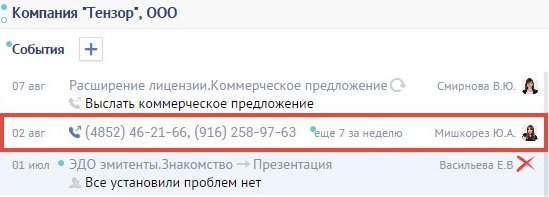Sometimes, in the interface of our VLSI applications , it becomes necessary to "group" some of the entries in a certain list (for example, service messages in the chat, contacts and phone calls).
It's good if all these records come from one source, but if they come from different services, and with cursor navigation , the implementation algorithm becomes very non-trivial.

I will purposefully not give the implementation "in code" here, but I will describe an exclusively algorithmic approach to the solution, so that, if necessary, you can scale it yourself to your tasks. So...
Formulation of the problem
We have two services. There could be more, but following the previous picture, let, for the sake of clarity, be Calls and Contacts services .
Thanks to colleagues from CRM for an interesting task. In the meantime, there is no need to know about it. ”
, "" .
"" - , - , .

, , , , :
#1: " "
, -, - , . - .
" " , . "", ?
#2: " "
, ?.. (20 ) , "" , - .
, ( ) "" - ? , .
, ( ), . , "".
#1: " "
, , - - ( 20), - .
, - (merge ordered) (limit) "" .

, , "" 15 20 . 5 , " " - .
#3: "One Ring to rule them all"
? , - , . - , .
, " - , " - , .

#4: " server-side"
- , . , , .
stateless server-side , , - . , :
---
, ""
--
#2: " client-side"
, -, ?.. .
, " " (, , localStorage), .
- :
20 20
"" 5
5 "" + 15
5
20 - ? ! ( 20, "" )
" ", 25 20
Edge Cases
, - "" " ", "" .
, , : ", , , , !"